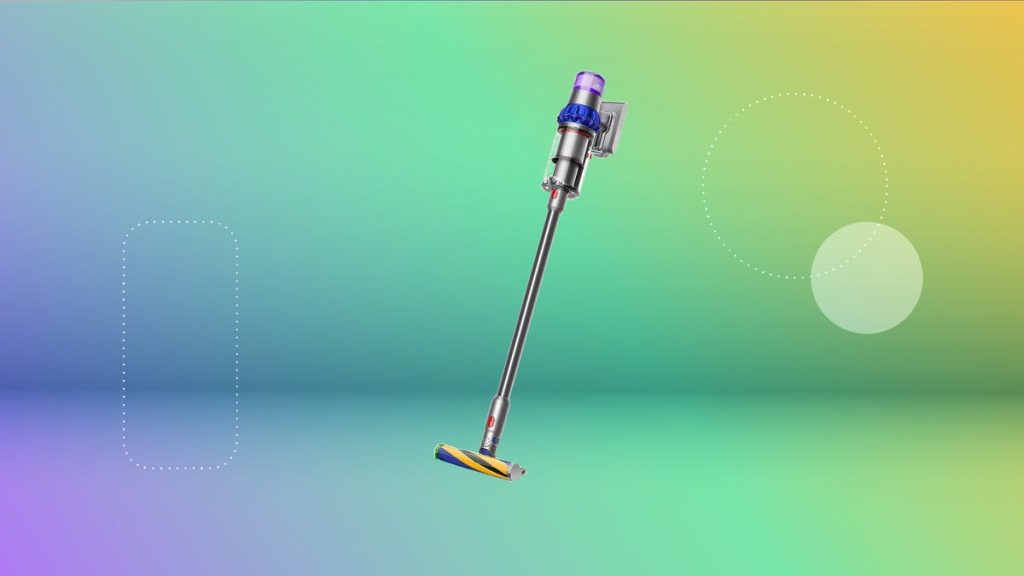Best Roku TV for 2023

Most TVs are now smart TVs, which allow you to easily watch the best streaming services, like Amazon Prime Video, Hulu, Disney Plus and Netflix. These systems all offer access to the biggest streaming apps, but there are differences among them. Some offer robust search, a clean interface and a plethora of smaller apps to choose from, while others can be cluttered, slow and difficult to navigate.
At CNET, as part of our rigorous side-by-side TV testing regimen, we’ve reviewed all the major smart TV systems. We prefer Roku’s system for its simplicity, effective search features and its vast catalog of supported apps and services. Though it isn’t the only good OS — Google TV also has impressive features — we generally find that Roku is the easiest to use.
What’s the best Roku TV overall?
The best Roku TV tested and reviewed by CNET is the TCL 6-Series Roku TV. Year after year, it’s been our top pick because it just keeps getting better. It offers excellent image quality for the money, extras for gaming, a stand that accommodates a soundbar and, of course, the Roku TV OS. However, there are plenty of other TVs with the Roku platform built in.
Roku itself makes TVs now, but it also continues to sell sets made by partner manufacturers, like TCL, Hisense, Onn, Pioneer and Sharp. These televisions generally tend to sit at the low end of the price and picture quality spectrum. And you won’t find a Roku-branded top-of-the-line OLED TV yet, despite Roku offering manufacturers a blueprint on how to make one. For now, TCL’s mini-LED 6-Series TV is the most advanced Roku TV available.
Of course, you can turn any TV into a Roku by adding a Roku streaming device, which typically costs less than $50. You’ll be sacrificing an HDMI port (and possibly a USB port, too). But in return, you can consider other TVs with higher-end options such as full-array local dimming, OLED screens, a 120Hz refresh rate, 4K UHD resolution, high dynamic range, a plethora of HDMI ports, and even gaming-centric features — including variable refresh rate — to go with a PlayStation 5 or Xbox Series X.
But if you’re convinced you want an all-in-one Roku TV, here are the best you can get.
Sizes 55-, 65-, 75- 85-inchTV Technology QLED with Mini-LEDSmart TV Yes (Roku TV)Resolution 4KHDMI Ports 4
Not only is this the best Roku TV you can buy, it’s also CNET’s pick as the best overall TV so far this year.
Competition among TVs in the middle pricing band is heating up, and the Plus Series is the latest entrant in 2023. Unlike the TCL Roku TVs, this one is all Roku, with no other brands on board. It adds a couple of step-up extras, including QLED and full-array local dimming, which help deliver a better picture than the TCL 4-Series, for example. It’s not as impressive as the Vizio MQX, though, since it lacks 120Hz for gaming and worse picture quality overall. If you value those extras, then the Vizio is worth saving for, but if not the Roku Plus Series is a very good value.
Sizes 43-, 50-, 55-, 65-, 75-, 85-inchTV Technology LEDSmart TV Yes (Roku TV)Resolution 4KHDMI Ports 3
The picture quality of the TCL 4-Series Roku TV was a step behind the Vizio V-Series in our budget TV test, but the differences between the two are slight enough that you’d really have to have them set up side by side to notice anything at all. The 4-Series lacks the Dolby Vision, Bluetooth connectivity and AMD FreeSync with a variable refresh rate, all of which the Vizio offers.
How does CNET test TVs?
Our TV reviews follow a rigorous, unbiased evaluation process honed over nearly two decades of TV reviews. Our primary TV test lab has specialized equipment for measuring light and color, including a Konica Minolta CS-2000 spectroradiometer, a Murideo Sig-G 4K HDR signal generator and an AVPro Connect 8×8 4K HDR distribution matrix. We use Portrait Displays CalMan Ultimate software to evaluate every TV we review. In every CNET TV review, three or more similar TVs are compared side-by-side in various lighting conditions playing different media, including movies, TV shows and games, across a variety of test categories, from color to video processing to gaming to HDR. Our reviews also account for design, features, smart TV performance, HDMI input and gaming compatibility, and other factors.
One important aspect of image quality we test is overall brightness. Here’s how it compares in nits across select TVs listed above.
Light Output in Nits
| TV | Brightest mode (HDR) | Accurate mode (HDR) | Brightest mode (SDR) | Accurate mode (SDR) |
|---|---|---|---|---|
| Samsung QN65Q90B | 3,316 | 1,981 | 2,625 | 974 |
| Hisense U8H | 1,867 | 1,867 | 1,605 | 1,605 |
| TCL 65R655 | 1,387 | 1,194 | 1,292 | 624 |
| Vizio M65QXM-K03 | 939 | 742 | 958 | 608 |
| LG OLED65C2 | 812 | 759 | 413 | 389 |
| Roku TV Plus (65-inch) | 514 | 455 | 579 | 404 |
Check out How We Test TVs for more details.
How to choose a TV
With all of the TVs available today, and all of the technical terms and jargon associated with television technology, it can be tough to figure out what’s important. Here’s a quick guide to help cut through the confusion.
Price: TVs range in price from $100 to more than $2,000. Smaller screens are cheaper, well-known brands are more expensive and spending more money can also get you better image quality. Most entry-level TVs have a good enough picture for most people, but TVs last a long time, so it might be worth spending more to get a better picture. It’s also best to shop for a TV in the fall, when prices are lower.
Screen size: Bigger is better in our book. We recommend a size of at least 43 inches for a bedroom TV and at least 55 inches for a living room or main TV — and 65 inches or larger is best. More than any other “feature,” stepping up in TV screen size is the best use of your money. One of the most common post-TV-purchase complaints we’ve heard is from people who didn’t go big enough. And we almost never hear people complain that their TV is too large.
Capability: Among entry-level TVs the most important feature is what kind of smart TV system the TV uses. Among midrange models, look for a feature including full-array local dimming, mini-LED and 120Hz refresh rate, which (unlike some other extras) do help improve the picture in our experience. And among high-end TVs, OLED technology is your best bet.
For more TV buying advice check out How to Buy a TV.
Roku TV FAQs
What’s the difference between a Roku TV and a Roku streaming device?
Both Roku TVs and streaming devices offer you access to the same software. The only difference is that this software comes built into a Roku TV, and you won’t need to purchase a separate device to connect to a TV. A Roku streaming device is best suited for those who do not have a Roku TV and are looking to use the Roku software.
Can I use a Roku TV for gaming?
You can connect any TV to a gaming console with an HDMI cable to play games, but only the TCL 6-Series Roku TV will offer gaming-specific features like 4K/120Hz and low input lag.
How big a TV should I get?
In our opinion, bigger is better, and your money is best spent on large screen sizes rather than a slight upgrade in image quality. The answer also depends on room size and seating distance: If you have a big room and sit farther away, you’ll want a bigger TV.





